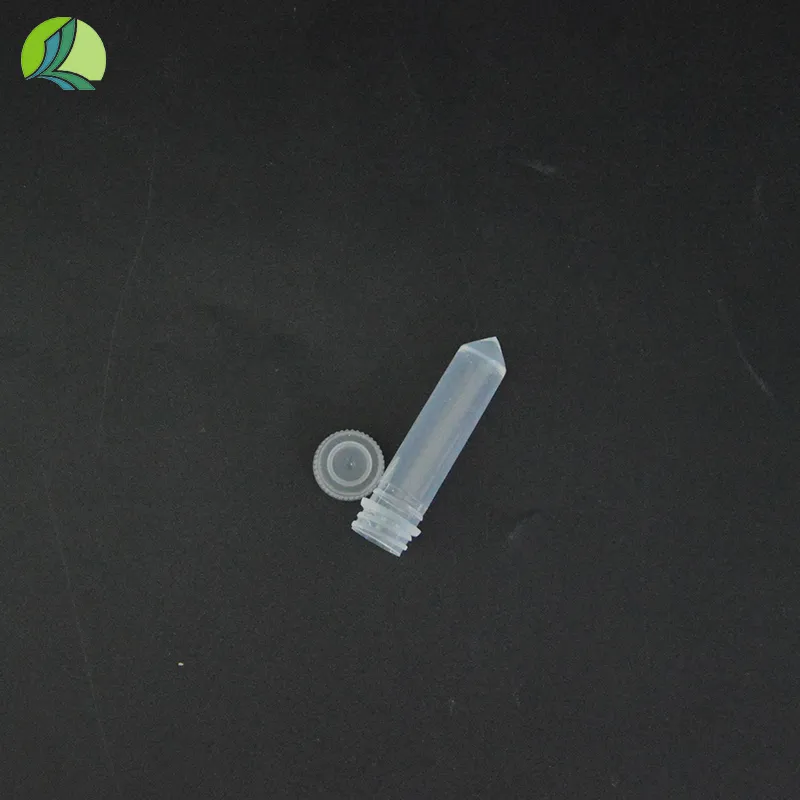
-
 Afrikaans
Afrikaans -
 Albanian
Albanian -
 Amharic
Amharic -
 Arabic
Arabic -
 Armenian
Armenian -
 Azerbaijani
Azerbaijani -
 Basque
Basque -
 Belarusian
Belarusian -
 Bengali
Bengali -
 Bosnian
Bosnian -
 Bulgarian
Bulgarian -
 Catalan
Catalan -
 Cebuano
Cebuano -
 Corsican
Corsican -
 Croatian
Croatian -
 Czech
Czech -
 Danish
Danish -
 Dutch
Dutch -
 English
English -
 Esperanto
Esperanto -
 Estonian
Estonian -
 Finnish
Finnish -
 French
French -
 Frisian
Frisian -
 Galician
Galician -
 Georgian
Georgian -
 German
German -
 Greek
Greek -
 Gujarati
Gujarati -
 Haitian Creole
Haitian Creole -
 hausa
hausa -
 hawaiian
hawaiian -
 Hebrew
Hebrew -
 Hindi
Hindi -
 Miao
Miao -
 Hungarian
Hungarian -
 Icelandic
Icelandic -
 igbo
igbo -
 Indonesian
Indonesian -
 irish
irish -
 Italian
Italian -
 Japanese
Japanese -
 Javanese
Javanese -
 Kannada
Kannada -
 kazakh
kazakh -
 Khmer
Khmer -
 Rwandese
Rwandese -
 Korean
Korean -
 Kurdish
Kurdish -
 Kyrgyz
Kyrgyz -
 Lao
Lao -
 Latin
Latin -
 Latvian
Latvian -
 Lithuanian
Lithuanian -
 Luxembourgish
Luxembourgish -
 Macedonian
Macedonian -
 Malgashi
Malgashi -
 Malay
Malay -
 Malayalam
Malayalam -
 Maltese
Maltese -
 Maori
Maori -
 Marathi
Marathi -
 Mongolian
Mongolian -
 Myanmar
Myanmar -
 Nepali
Nepali -
 Norwegian
Norwegian -
 Norwegian
Norwegian -
 Occitan
Occitan -
 Pashto
Pashto -
 Persian
Persian -
 Polish
Polish -
 Portuguese
Portuguese -
 Punjabi
Punjabi -
 Romanian
Romanian -
 Russian
Russian -
 Samoan
Samoan -
 Scottish Gaelic
Scottish Gaelic -
 Serbian
Serbian -
 Sesotho
Sesotho -
 Shona
Shona -
 Sindhi
Sindhi -
 Sinhala
Sinhala -
 Slovak
Slovak -
 Slovenian
Slovenian -
 Somali
Somali -
 Spanish
Spanish -
 Sundanese
Sundanese -
 Swahili
Swahili -
 Swedish
Swedish -
 Tagalog
Tagalog -
 Tajik
Tajik -
 Tamil
Tamil -
 Tatar
Tatar -
 Telugu
Telugu -
 Thai
Thai -
 Turkish
Turkish -
 Turkmen
Turkmen -
 Ukrainian
Ukrainian -
 Urdu
Urdu -
 Uighur
Uighur -
 Uzbek
Uzbek -
 Vietnamese
Vietnamese -
 Welsh
Welsh -
 Bantu
Bantu -
 Yiddish
Yiddish -
 Yoruba
Yoruba -
 Zulu
Zulu
Understanding the Different Types of Plastic Used in Soda Bottles
The Different Types of Plastic in Soda Bottles Understanding PET and Beyond
Soda bottles are ubiquitous in our daily lives, serving as a convenient way to enjoy our favorite carbonated beverages. However, behind the simple convenience of a plastic bottle lies a complex world of materials, primarily focused on the types of plastic used in their manufacture. The most common type of plastic found in soda bottles is PET, or polyethylene terephthalate, but there are other plastics that play roles in beverage packaging as well.
What is PET?
PET is a thermoplastic polymer that is widely used in the production of containers, particularly in the beverage industry. Its popularity stems from its excellent combination of properties, which include clarity, strength, and resistance to impact and moisture. PET is lightweight, making it an economical choice for manufacturers and consumers alike. Moreover, it is recyclable, further enhancing its appeal in light of growing environmental concerns.
The recycling process for PET is well established, allowing for the production of recycled PET (rPET). This process not only helps reduce waste but also conserves resources and energy compared to producing new PET from scratch. Many beverage companies are now committed to using rPET in their packaging, which can significantly reduce their ecological footprint.
Other Types of Plastics
While PET dominates the soda bottle market, other types of plastics are also used, albeit less frequently. One such type is HDPE, or high-density polyethylene. HDPE is known for its rigidity and high strength-to-density ratio. It is often utilized for non-carbonated beverages, such as milk or juice, but can sometimes be found in the beverage industry for specific product lines.
soda bottle plastic type

Another plastic type worth mentioning is PP, or polypropylene. This material is noted for its heat resistance and flexibility, making it suitable for certain applications in the beverage industry. Although polypropylene is not commonly used for soda bottles due to its lower barrier properties compared to PET, it finds a place in various caps and closures.
Environmental Considerations
The environmental impact of plastic waste has garnered significant attention in recent years, especially concerning single-use plastics like soda bottles. While PET is recyclable, many bottles still end up in landfills or oceans, contributing to the growing issue of plastic pollution. Initiatives aimed at improving recycling rates and reducing plastic waste are pivotal in addressing these challenges.
Recent developments in biodegradable plastics also present an intriguing alternative to traditional plastics. These materials aim to decompose naturally over time, potentially offering a sustainable solution for beverage packaging. However, the current technology is still in its infancy, and widespread adoption remains challenged by cost and performance issues.
Conclusion
Understanding the types of plastics used in soda bottles—primarily PET, but also HDPE and polypropylene—provides insight into the beverage industry's efforts to balance convenience, performance, and environmental responsibility. As consumer awareness of plastic pollution rises, manufacturers are increasingly held accountable for their choices in packaging. The continued development of sustainable practices, including increased use of rPET and exploration of biodegradable alternatives, points toward a future where enjoying a refreshing drink can be done with a lighter environmental footprint.
Ultimately, the evolution of soda bottle materials reflects broader trends in sustainability and innovation, illustrating the importance of responsible consumption and manufacturing for the planet's future. With these advancements, we can enjoy our favorite beverages while contributing to the healing of our environment—one bottle at a time.
-
Premium Metal Dropper Bottle for Precise Dispensing 250ml & 1ml Options AvailableNewsJul.04,2025
-
20 ml Headspace Vials - High Quality Polyethylene & Plastic Vials for Lab UseNewsJul.04,2025
-
Small Bottle with Pipette - Precise Dispensing 100ml Pipette Bottles for Essential Oils & Lab UseNewsJun.24,2025
-
Acetic Anhydride Bottle for Accurate Dropper Measurement in Pharmacy Use High-Quality Dropper BottlesNewsJun.10,2025
-
Innovative PET Bottle Design for Juice – Unique Shapes & Customization OptionsNewsJun.10,2025
-
20 Pack Sterilized Petri Dishes – Assorted Sizes, High Quality Small Plastic Petri Dishes for Lab UseNewsJun.10,2025






















